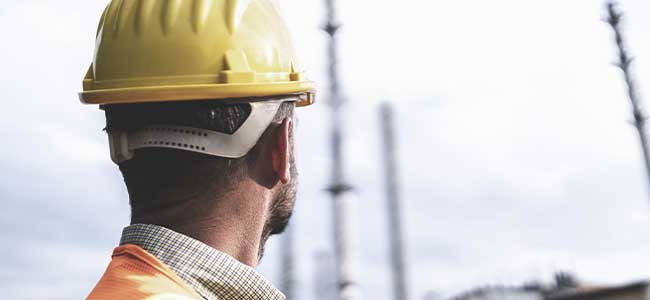
Considerations for Choosing Head Protection: OSHA Compliance, Hazard Assessments, and Technology Advancements
What to know about head protection types, classes, accessories, and more.
- By Dennis Capizzi
- Sep 10, 2024
With so many standards and industry regulations surrounding PPE for construction, and various head protection options such as Type I vs. Type II and Classes including Class G, E and C to choose from, it can be challenging to know which head protection solution is right for your specific job site or application. The first step in selecting proper head protection is to conduct a hazard assessment to understand the unique risks associated with your job site; and the recently updated Occupational Safety and Health Administration (OSHA) “Head Protection: Safety Helmets in the Workplace” Safety and Health Information Bulletin (SHIB) also raises many important points about proper head protection selection to consider.
Why Proper Head Protection Is Important for Construction Workers
Year over year, industrial workers in the United States continue to experience on-the-job injuries and fatalities related to falling objects and equipment as well as slips, trips and falls. Between 2021 and 2022, some of the top causes of days away from work included “slips, trips, and falls” and “contact with objects and equipment.”
One of the most serious types of injuries that can result from falling objects and equipment or slips, trips, and falls is Traumatic Brain Injury (TBI). A commonly known form of a TBI is a concussion. This is especially important for construction workers, as according to the Centers for Disease Control and Prevention (CDC), the construction industry has the greatest number of both fatal and nonfatal work-related TBI among U.S. workplaces.
This makes understanding construction job site hazards tied to falling objects and equipment or slips, trips, and falls, as well as differences in Type I and Type II impact protection even more important for workers in this industry. OSHA’s “Head Protection: Safety Helmets in the Workplace” SHIB states that “Proper head protection is crucial in work environments with falling objects, struck-by, overhead electrical hazards, and risks from slips, trips, and falls.”
Understanding the OHSA “Head Protection: Safety Helmets in the Workplace” SHIB
This article originally appeared in the September 2024 issue of Occupational Health & Safety.